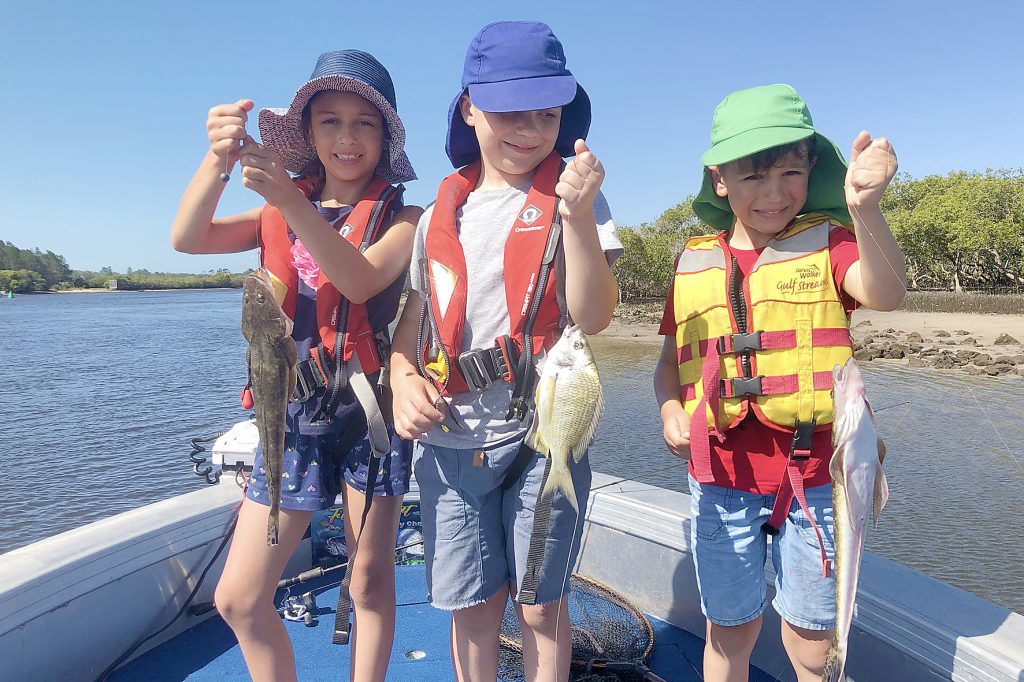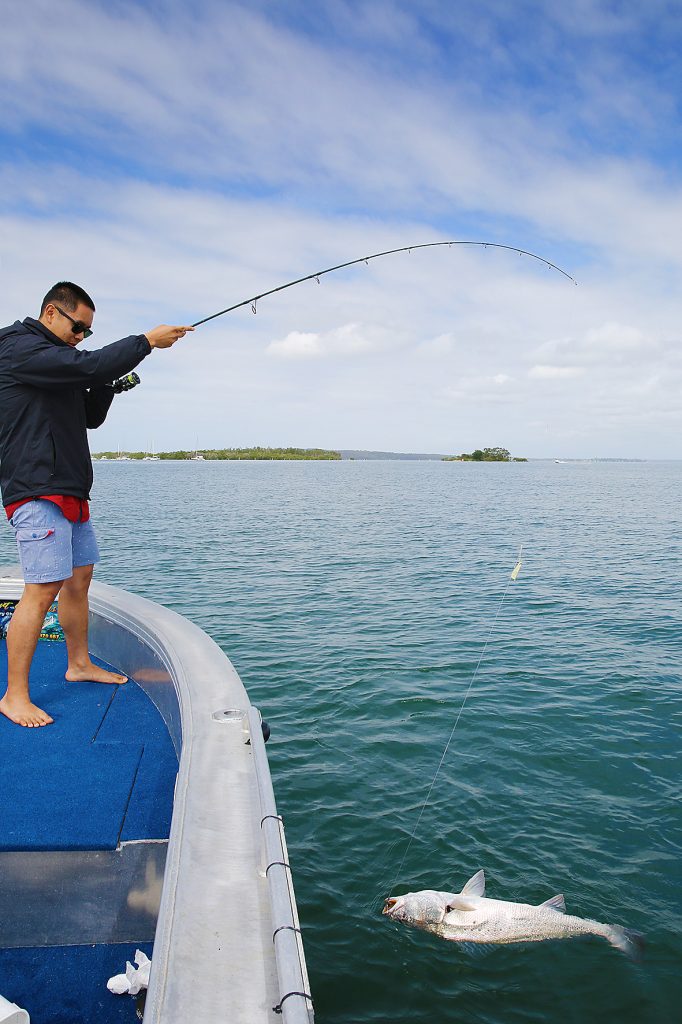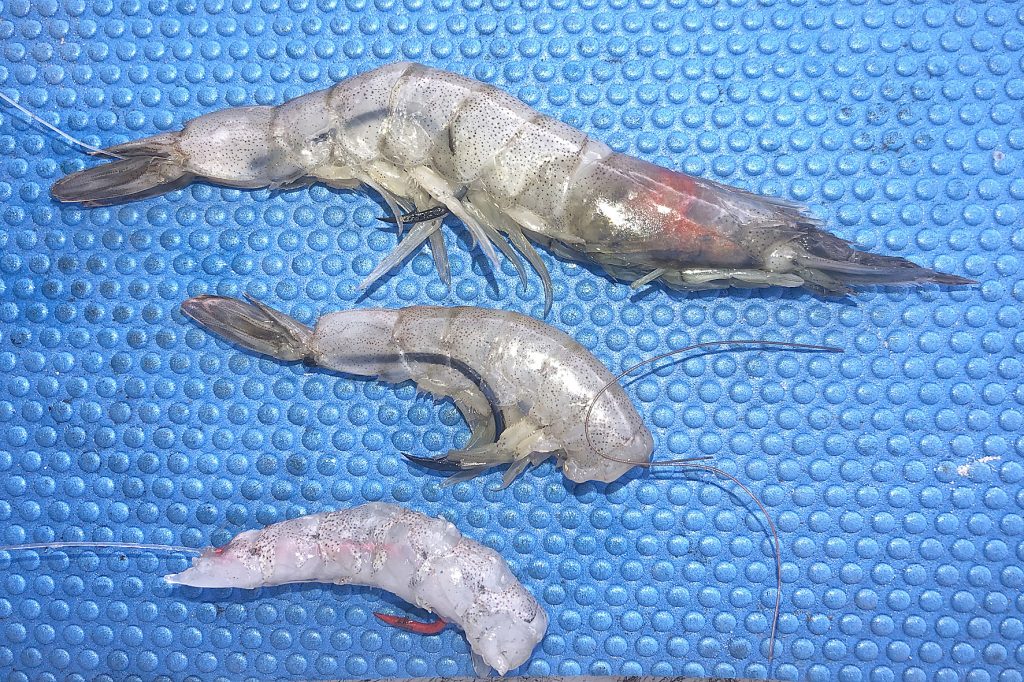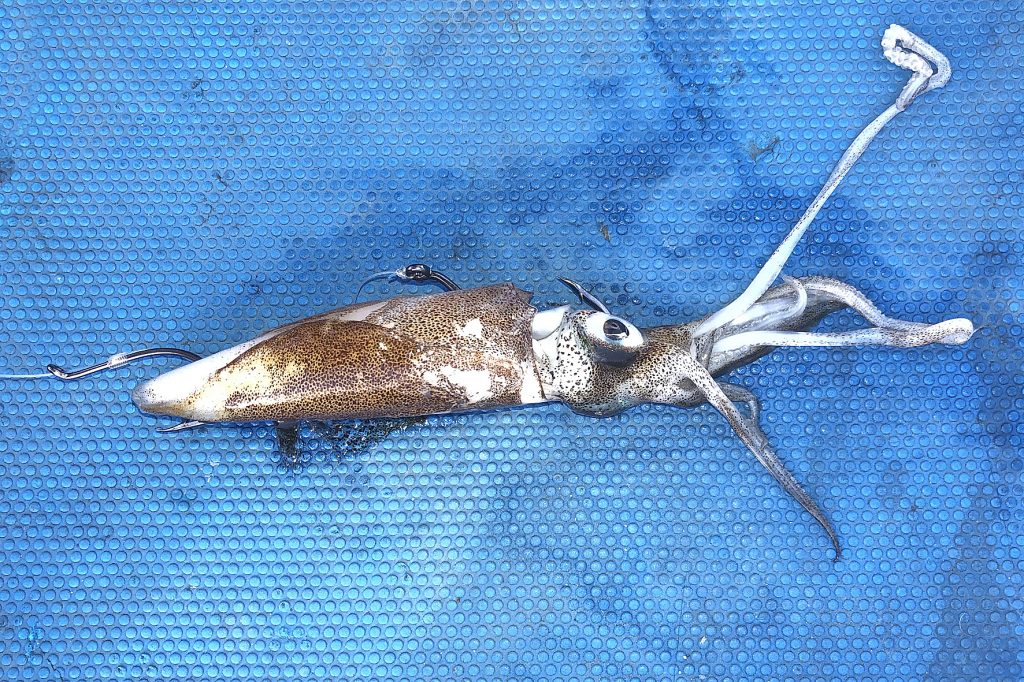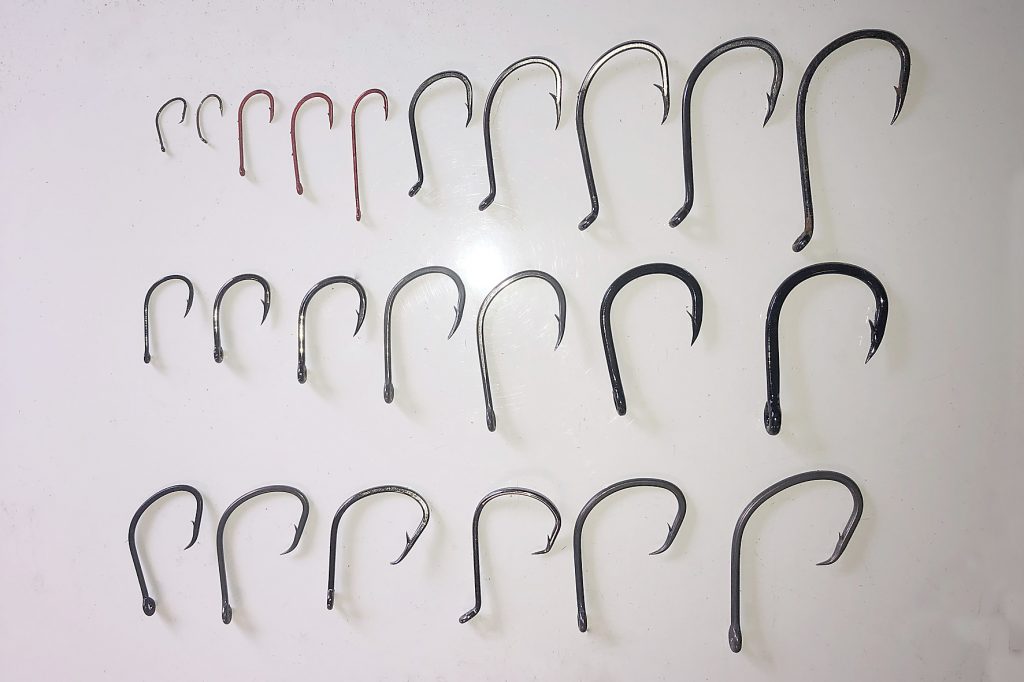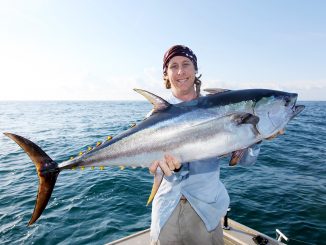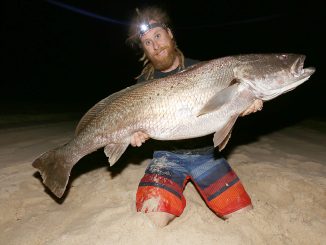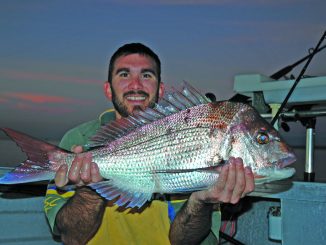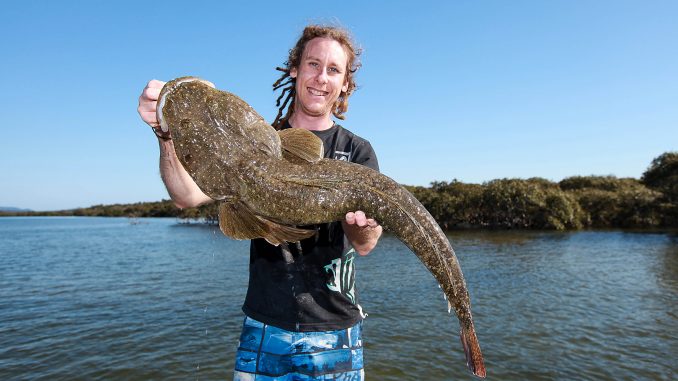
by Paul Lennon •
When it comes to fishing regardless what of your target species is it’s often the little things that add up to make huge differences in success. Hook choice is certainly one element that if overlooked, it can be detrimental to a successful day fishing.
Quality hooks
There are many different things that need to be thought about when determining what size and pattern of hook to use. Things that need to be considered are the target species and type of bait you’re throwing. Knowing what to choose will greatly improve your hook up rate, resulting in catching more fish.
Before we get into the nitty gritty, first and foremost I recommend the use of quality hooks to be vital. I can’t believe how many anglers have all the best gear, lines and leaders but then put less thought into quality hooks that cost a couple of bucks a packet extra. This blows me away as the hooks are your last first and last link to that potential fish of a lifetime. It’s crazy to risk missing the hook up or losing the fish through a cheap hook straighten or bend.
By far my favourite hooks that have never let me down are black magic as they are all made in Japan and have a hook to suit every purpose. Suicide hooks (also known as octopus hooks) are one of the most popular styles of hooks for a range of species. Starting from smaller sizes in #10-#8s for luderick to 1- 2/0s for bream, 3/0-6/0 for snapper then 7/0-10/0 for mulloway. Larger sizes are also the go to choice when it comes to snelling two hooks together for kingfish or mulloway when using livebaits and squid. They are a perfect hook for cut and stripbaits, and take the shape of a prawn nicely.
Hook size depends on bait size and you need to find the sweet spot as too much hook exposure will turn fish off and to little hook exposure will severely impact your hook up rate. A good rule is to make sure you always have the point of the hook to past the barb out of the bait.
Black magic C point are by far the cream of the crop when it comes this hook pattern. They are super strong and have a three-point cutting edge that provides maximum penetration during the hook set. The difference is particularly evident when fishing for bream and snapper and hooking fish through super tough top jaw molars, which is an area where I’ve seen other hooks tips fold over on numerous occasions.
Live bait hooks
Live bait hooks are ‘J-style’ hooks and are generally heavy duty with a short straight shank. They are particularly popular in sizes 6/0-8/0 when for live baiting for pelagic species such as tuna, kingfish and cobia – using baits such as slimy mackerel, yellow tail or bonito. When fishing this way, live baits are pinned lightly behind the shoulders, meaning there is plenty of hook being exposed so no need to go overboard on hook size.
Another benefit of these hooks is you can seriously lock up on fish trying to bury you into structure without the fear of the hook straightening. This is particularly useful for big kings and also why the smaller sizes in these hooks are popular for coastal brutes like drummer and grouper. Size 1/0 hooks suit a large peeled prawn or conjevoi for drummer, whereas the 3/0-4/0 sizes are ideal for a crab when fishing for grouper. For the smaller sizes I use the black magic KS range and larger sizes above 6/0 for live baiting I use the black magic DX hooks.
Circle Hooks
While circle hooks can be used for a range of fishing situations, they really come into their own when livebaiting for billfish or bottom fishing. The use of circle hooks has revolutionised gamefishing over the last 20 years, where they haven’t just improved the hook up conversion rates but also drastically aiding in catch and release survival. This is due to the hooks almost always hooking the fish in the corner of the jaw, eliminating the result of a gut hooked fish.
The best hook sizes for billfish are 6/0-7/0, whereas 8/0 is better suited for the fish inshore and anything above 8/0 to be fished wider. Slow trolling bridle-rigged live and skipbaits or dropping them down into bait schools with a sinker attached to an elastic band is the preferred rig when fishing this way. If you’re fishing tournaments remember your circles need to be non-offset to be legal. Black magic KLT range are the ultimate tournament hook for this kind of work. These hooks (especially the 7 and 8/0s) are also starting to gain a cult following for anglers who are livebaiting for mulloway – fishing straight up and down in deep water from boats.
Black magic also does the KL series which are based on the same pattern but go down to much smaller sizes – making them perfect for bottom fishing species such as snapper, flathead, nannygai, pearl perch and trag. Circle hooks also need to be fished differently to normal hooks, as the point needs time to find its mark and roll into the corner of the jaw. If you strike a fish and you’re using circles, you will almost certainly miss that fish. When bottom fishing, a slow vertical lift up on the rod until you feel weight is all you need to do to set the hooks or you can leave it in the rod holder and let the fish hook themself. When live baiting, it’s best to fish the reel in free spool and when you get a hit be sure to point the rod at the fish and gradually increase drag pressure, then slowly lift the rod tip once you feel the fish’s weight.
Longshank/Baitholders
These style of hooks are great for bread and butter species such as bream, whiting and flathead, fishing from the beach and local estuaries. The most popular sizes for this type of hook are from size #6 through to #2, which are perfect for delicate slender baits such as small peeled prawns, live nippers or worms. These should be carefully threaded up the inside of the bait before coming out and leaving the barb and hook point exposed.
The longer shank allows you to perfectly present these sorts of baits with the tiny small barbs on the back of the hook shank helping it hold it in place. This really helps the bait hang on the hook and not be flung off during the cast – a common problem with those delicate baits. They are perhaps the best hook to use for taking the kids fishing as they tend to catch smaller fish as well as hanging in there if a big flattie or bream comes along!

